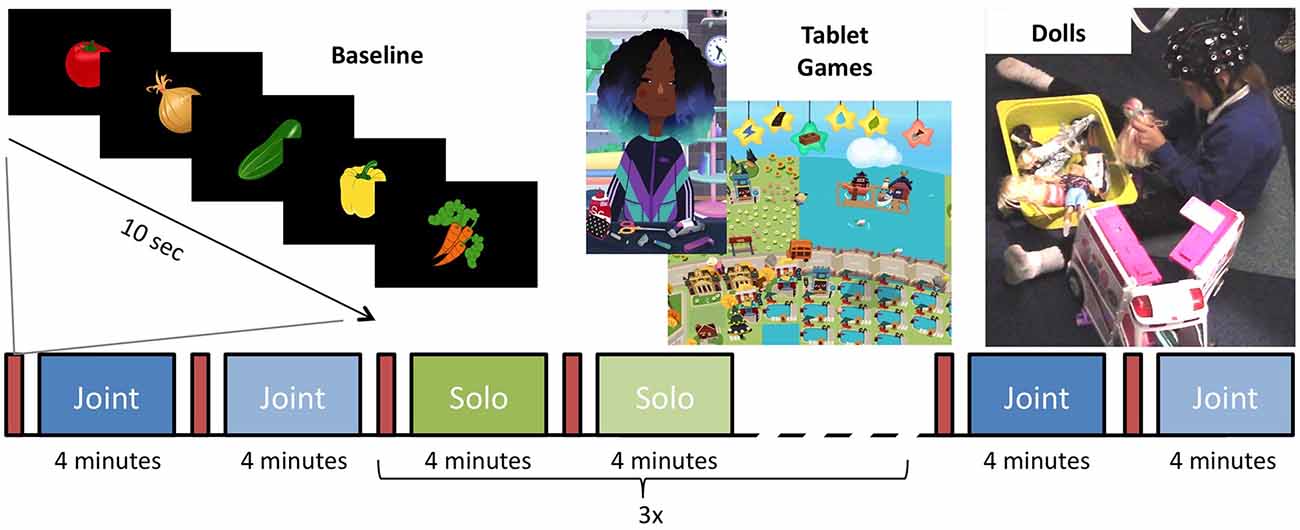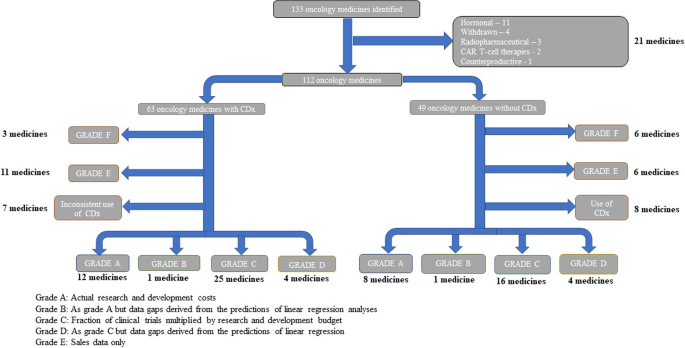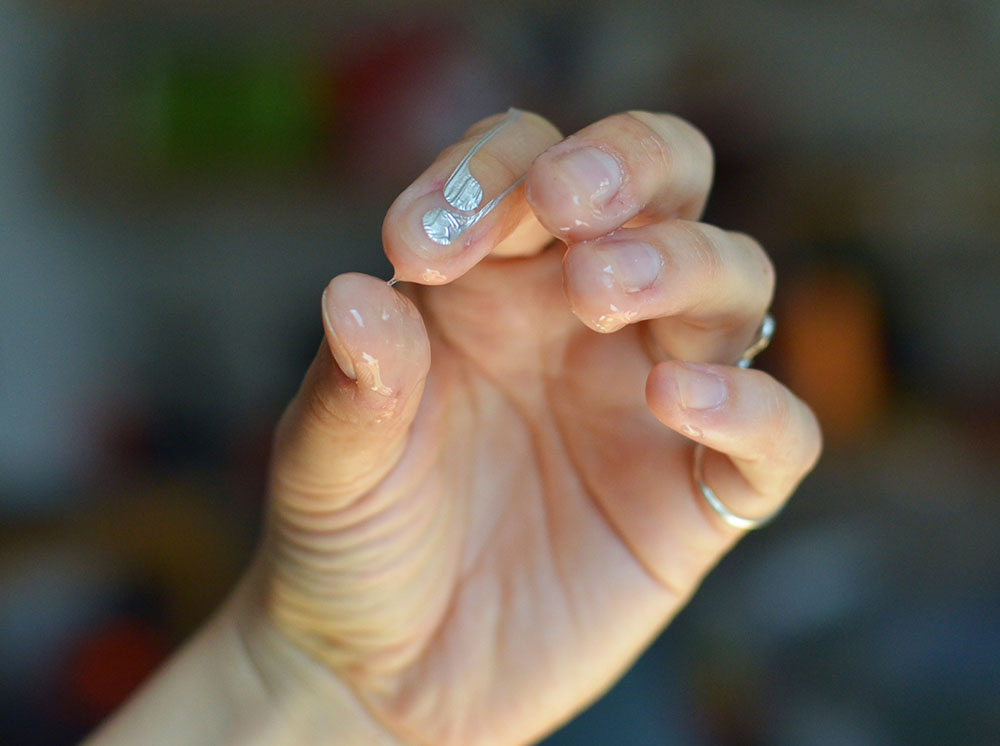2023-09-28 カーディフ大学
◆この研究は、人形遊びが子供たちの共感や社会的スキルの発展を促進する可能性を示唆し、神経科学的な証拠として初めて人形遊びに関する理論を裏付けました。研究結果は、子供たちが遊びながら他人について考えることを助け、神経発達プロファイルにかかわらず社会的処理を支援する可能性を示しています。
<関連情報>
- https://www.cardiff.ac.uk/news/view/2767392-doll-play-allows-children-to-develop-and-practice-social-skills-regardless-of-their-neurodevelopmental-profile
- https://onlinelibrary.wiley.com/doi/10.1111/ejn.16144
- https://onlinelibrary.wiley.com/doi/full/10.1111/desc.13163
- https://www.frontiersin.org/articles/10.3389/fnhum.2020.560176/full
人形遊びにおける神経多様性の受け入れ: 神経多様性サンプルにおける人形遊びの神経と言語の相関を調べる Embracing neurodiversity in doll play: Investigating neural and language correlates of doll play in a neurodiverse sample
Jennifer Keating, Salim Hashmi, Ross E. Vanderwert, Rhys M. Davies, Catherine R. G. Jones, Sarah A. Gerson
European Journal of Neuroscience Published: 20 September 2023
DOI:https://doi.org/10.1111/ejn.16144

Abstract
Doll play may provide opportunities for children to rehearse social interactions, even when playing alone. Previous research has found that the posterior superior temporal sulcus (pSTS) was more engaged when children played with dolls alone, compared to playing with tablet games alone. Children’s use of internal state language (ISL) about others was also associated with pSTS activity. As differences in social cognition are frequently observed in autistic people, we were interested in the brain and language correlates of doll play in children with varying levels of autistic traits. We investigated children’s (N = 57, mean age = 6.72, SD = 1.53) use of ISL and their pSTS brain activity using functional near-infrared spectroscopy (fNIRS) as they played with dolls and tablet games, both alone and with a social partner. We also investigated whether there were any effects of autistic traits using the parent-report Autism Spectrum Quotient—Children’s Version (AQ-Child). We found that the left pSTS was engaged more as children played with dolls or a tablet with a partner, and when playing with dolls alone, compared to when playing with a tablet alone. Relations between language and neural correlates of social processing were distinct based on the degree of autistic traits. For children with fewer autistic traits, greater pSTS activity was associated with using ISL about others. For children with more autistic traits, greater pSTS activity was associated with experimenter talk during solo play. These divergent pathways highlight the importance of embracing neurodiversity in children’s play patterns to best support their development through play.
人形遊びは社会的思考と社会的会話を促す: 脳における内的状態の言語表現 Doll play prompts social thinking and social talking: Representations of internal state language in the brain
Salim Hashmi, Ross E. Vanderwert, Amy L. Paine, Sarah A. Gerson
Developmental Science Published: 21 July 2021
DOI:https://doi.org/10.1111/desc.13163

Abstract
Doll play provides opportunities for children to practice social skills by creating imaginary worlds, taking others’ perspectives, and talking about others’ internal states. Previous research using functional near-infrared spectroscopy (fNIRS) found a region over the posterior superior temporal sulcus (pSTS) was more active during solo doll play than solo tablet play, implying that doll play might present opportunities for rehearsing theory of mind and empathy skills, even when playing alone. In this research, we addressed this more directly by investigating 4–8-year-old children’s (N = 33) use of internal state language (ISL; i.e., references to emotions, desires, and cognitions) when playing with dolls and on tablets, both by themselves and with a social partner, and their associated brain activity in the pSTS using fNIRS. We found that children used more ISL about others when playing with dolls than when playing on tablets, particularly when they were playing alone. This mirrored the patterns seen in pSTS activity in previous research. When individual variability in ISL about others was considered, more ISL about others was linked to stronger pSTS activation. Thus, variability in pSTS activity during play is not about the perceptual or physical differences between toys (e.g., dolls are more human-like) but about what children think about when they engage in different kinds of play. This is the first research to investigate brain activity during spontaneously occurring ISL and indicates that children have a tendency to take and discuss others’ perspectives during doll play, with implications for social processing in the brain. A video abstract of this article can be viewed at https://youtu.be/58HgxbuhBzU.
神経科学を通して人形遊びの利点を探る Exploring the Benefits of Doll Play Through Neuroscience
Salim Hashmi, Ross E. Vanderwert, Hope A. Price, Sarah A. Gerson
Frontiers in Human Neuroscience Published:01 October 2020
DOI:https://doi.org/10.3389/fnhum.2020.560176

It has long been hypothesized that pretend play is beneficial to social and cognitive development. However, there is little evidence regarding the neural regions that are active while children engage in pretend play. We examined the activation of prefrontal and posterior superior temporal sulcus (pSTS) regions using near-infrared spectroscopy while 42 4- to 8-year-old children freely played with dolls or tablet games with a social partner or by themselves. Social play activated right prefrontal regions more than solo play. Children engaged the pSTS during solo doll play but not during solo tablet play, suggesting they were rehearsing social cognitive skills more with dolls. These findings suggest social play utilizes multiple neural regions and highlight how doll play can achieve similar patterns of activation, even when children play by themselves. Doll play may provide a unique opportunity for children to practice social interactions important for developing social-emotional skills, such as empathy.


